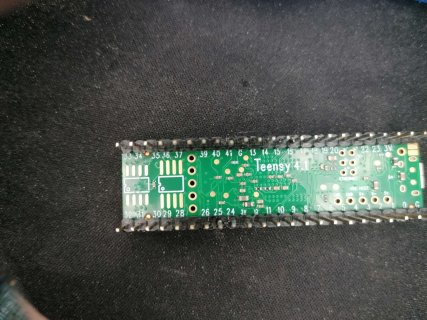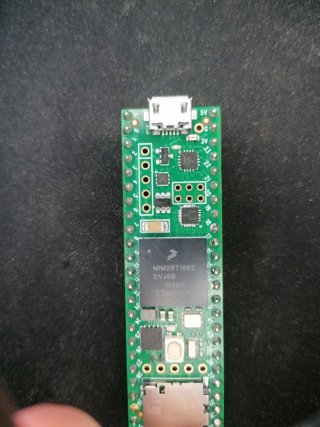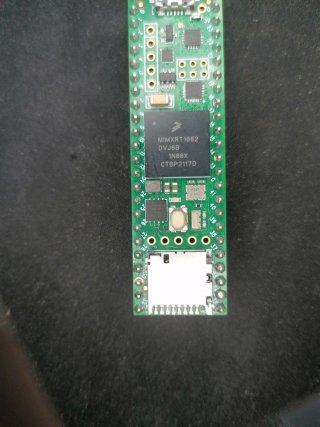UnhappyWithoutU
Active member
Hey everyone!
Just chosed a random of my many teensy board, but It didnt turned on at all.
Then I realized that U2 is getting very(!) hot. Also Q1 is extremely hot.

After that I hooked up my multimeter to check if any pins are shorted, sadly I realized yes.
3.3V is shorted to Ground.
Does anyone have an idea how to fix this problem?
Soldering SMD is not a problem for me!
Greetings from germany
Just chosed a random of my many teensy board, but It didnt turned on at all.
Then I realized that U2 is getting very(!) hot. Also Q1 is extremely hot.
After that I hooked up my multimeter to check if any pins are shorted, sadly I realized yes.
3.3V is shorted to Ground.
Does anyone have an idea how to fix this problem?
Soldering SMD is not a problem for me!
Greetings from germany
Last edited:






